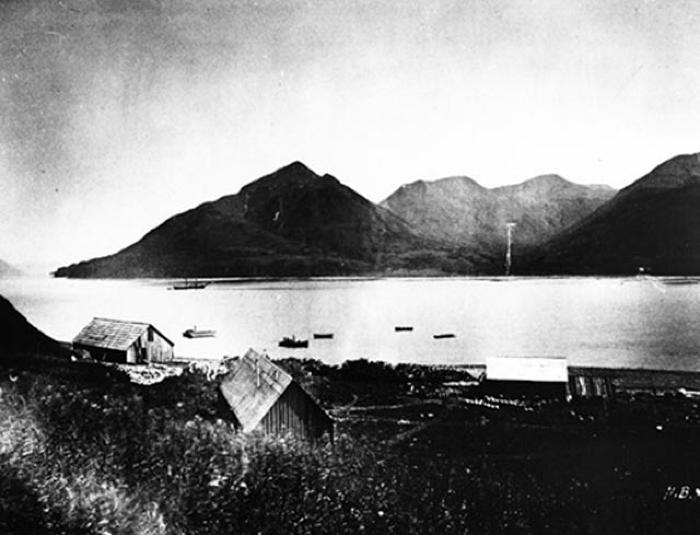Salt — Taryuq, Sauliq

Salt is an effective preservative because it can dehydrate plant and animal tissues and limit the growth of bacteria. This mineral was a valuable commodity during Kodiak’s historic era because it was used to process both animal pelts and fish. Early traders imported most of their salt. Although salt can be boiled out of seawater, the extraction process is time-consuming and labor-intensive. It takes a great deal of fuel to create salt crystals from a kettle of saltwater.
During the Russian era, Alutiiq people air-dried most of the fish they harvested for winter consumption. However, Russian entrepreneurs experimented with salting small quantities of salmon for export. Salting operations took place in Barling and Afognak bays. Salt was also applied to sea otter pelts before their shipment to Asian markets.
Fish salting became more common in the early American era, with the development of commercial fishing. With several dories and a seine, companies harvested red salmon—drying the backs to feed Alutiiq people and salting the bellies for export. Alutiiq men staffed one salting operation on the Karluk River, catching, dressing, and preserving salmon, which they packed into barrels made from Afognak Island spruce.
